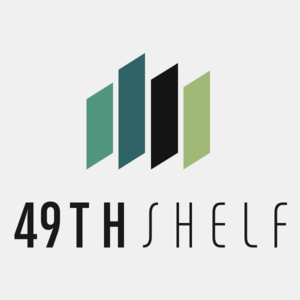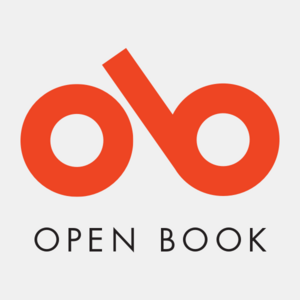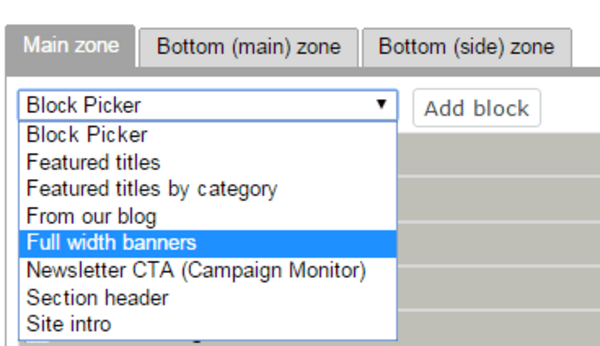Investing in a great publishing website pays off in the long run
By: Doug Plant | July 6, 2022 | ReaderBound and Business solutions
A great deal is only “great” if it ends up paying off in the long run.
This truth is perhaps best expressed by author Terry Pratchett in his “Boots theory” of economic value, as laid out in his iconic Discworld novel series:
“A really good pair of leather boots cost fifty dollars. But an affordable pair of boots, which were sort of okay for a season or two and then leaked like hell when the cardboard gave out, cost about ten dollars. … But the thing was that good boots lasted for years and years. A man who could afford fifty dollars had a pair of boots that’d still be keeping his feet dry in ten years’ time, while a poor man who could only afford cheap boots would have spent a hundred dollars on boots in the same time and would still have wet feet.”
Pratchett’s theorem is often cited in conversations about economic equity, but the basic wisdom especially holds true when evaluating long-term business investments, including your website. A cheap site built on a commodity CMS, such as WordPress, may seem like a great deal in the near term, but within three or four years, it will spring leaks in downtime, poor performance, expensive overhauls, relaunches, and lost revenue opportunities.
That’s not the business we are in here at Mugo Web. For example, our ReaderBound websites for book publishers are purpose-built to support your specific needs, like a really comfortable pair of high-quality boots. ReaderBound sites are robust and last for a really long time, 10 years or more. And from the moment your site goes live, it will have the tools and advanced features your publishing business needs to flourish without the constant demand for new plug-ins or expensive add-ons.
What does your website really cost?
Before I get into the details of how spending a little more upfront on a high-quality website is smart business, let’s begin with a quick discussion of how to evaluate your investment in a website. A very common way to judge website development projects is a Total Cost of Ownership (TCO) metric.
This boils down to two key factors:
- Website projects are usually viewed as capital expenditures since much of the expense associated with them is paid out at the beginning of the investment’s lifecycle.
- You have to have a website – it’s not an option for a book publisher to not have an online presence, so the real question is how much it will cost you to own a feature-rich website over a fixed period of time.
TCO is expressed in terms of the simple formula:
Initial Costs + Maintenance (over Life of Investment) - Remaining Value = TCO
Easy enough, right? (The math gets even easier when you recognize that the remaining value of a retiring website is more or less zero.)
Some businesses may choose to employ Return on Investment (ROI), which factors in the revenue you can directly assign to your site. This can get tricky – websites are obviously essential to online sales, and our ReaderBound customers typically report a significant revenue uptick after their new site launches (we like to think this is due to their advanced built-in commerce features). But accurate website ROI calculations also need to include marketing expenses; comparative product success rates in other sales channels; and estimates of what revenue would have been without your new site.
Like I said, tricky.
For most website projects, TCO is your best, most practical financial guidance.
Why ReaderBound is the right long-term investment
ReaderBound sites are a great investment, no matter how you measure it, for many reasons. I’ll get into the fine details in a bit, but generally speaking, it boils down to three key reasons:
ReaderBound sites last: You can expect our sites to be in service for 5 to 10 years. ReaderBound is built on a stable, cohesive content management system that doesn’t rely on third-party plug-ins or custom code, which inevitably create technical conflicts and roadblocks that force you to launch an entirely new site before you want to.
ReaderBound sites work: Our sites include all the features that book publishers need, including a commerce platform built on PrestaShop that enables you to manage regional pricing, title bundling, and varying taxes with ease. We’ve also created a host of promotional page elements that let you show off your books and collections on every page of your site, not just on the commerce platform. And our hosting and maintenance agreements include updates, bug fixes, and comprehensive support. You don’t have to worry about commerce issues or downtime.
ReaderBound sites can grow: ReaderBound is based on an industry-leading, enterprise-class content management system. We’ve developed many specialized features and tools for publishers within our ReaderBound platform. If you find that, after time, you need a tweak or a new feature, our developers can leverage the CMS and code base to grow your site without breaking what’s already working.
ReaderBound vs. commodity CMS sites
Now, let’s look at how ReaderBound lives up to the standard of a great pair of boots that costs less to own over the long haul. Many online resources discuss the nuts and bolts of TCO calculation; for an eCommerce site, I’d recommend this overview article.
I’ll look at the key components of a TCO analysis and show how we stack up with commodity sites that end up costing more than you expect.
Initial costs
- Development Cost: Obviously, this is the area where a professional-grade platform like ReaderBound costs more upfront. As with any project, development expenses can vary depending on the complexity of your site. Our streamlined development process ensures that we stay on schedule and budget. And since the Readerbound platform has pre-built tools designed specifically for book publishers, you won’t find yourself paying to build or modify expected functionality.
- Software Licenses: ReaderBound is built on a license-free CMS. You’ll never pay software licenses either as an initial cost or as part of your maintenance agreement.
- Plug-ins / Apps: ReaderBound is a “walled garden” – all the functional code is created and managed by our team here at Mugo Web. You’ll never face the additional costs or technical instability that comes with plug-in driven CMSs, such as WordPress or a third-party vendor such as Shopify.
- Integrations: We’ve already anticipated key integrations, including an optimized ONIX feed, and we can easily execute other data export/imports via API. Such integrations tend to be an additional expense for WordPress projects and, candidly, may well be outside a design-centric shop’s technical expertise.
Ongoing costs
- Infrastructure: ReaderBound sites run in our optimized hosting environment, which we offer at competitive rates to enterprise-level WordPress hosting services. (Whatever decision you make regarding your site’s platform, be absolutely sure to spend a little extra for enterprise-level hosting. It’s worth it.)
- Maintenance & Bug Fixes: We test and implement all fixes and code changes, both to our ReaderBound features and the CMS. You’ll never run the risk of a WordPress core update conflicting with your social tools widget and bringing the site down. And when you do have an issue, our response time beats industry standards.
- Operating Expenses: The ReaderBound CMS is easy to use and offers a granular permission system that limits what site features and content-specific users can edit. This lets you distribute site maintenance work to the entire team instead of piling it all on a high-value site admin.
- The Unknown: If you find a new opportunity that calls for an update to your website, we can build on what’s already there. We can build specifically to your needs, as opposed to making concessions to the built-in limitations of commodity tools like WordPress or Shopify.
Life of investment
This is where ReaderBound really stands out, like that good pair of boots. You can expect our sites to last for many years, with significant incremental costs arising only if you decide to add new features that are not already supported. WordPress and other commodity CMSs will age out after 3 or 4 years. You’ll experience plug-in conflicts and compatibility issues between your commerce system and your main website, and you’ll soon find that it’s simply cheaper to relaunch than to fix what’s broken. That is an unnecessary waste of money, staff attention, and effort.
Long-term value with a smart investment
In this post, I’ve looked at the ways that investing more upfront in a quality website that meets your needs pays off in the long run. If you want to learn more about how ReaderBound can help your publishing business grow, drop us a line and we’ll set up a detailed demonstration.







